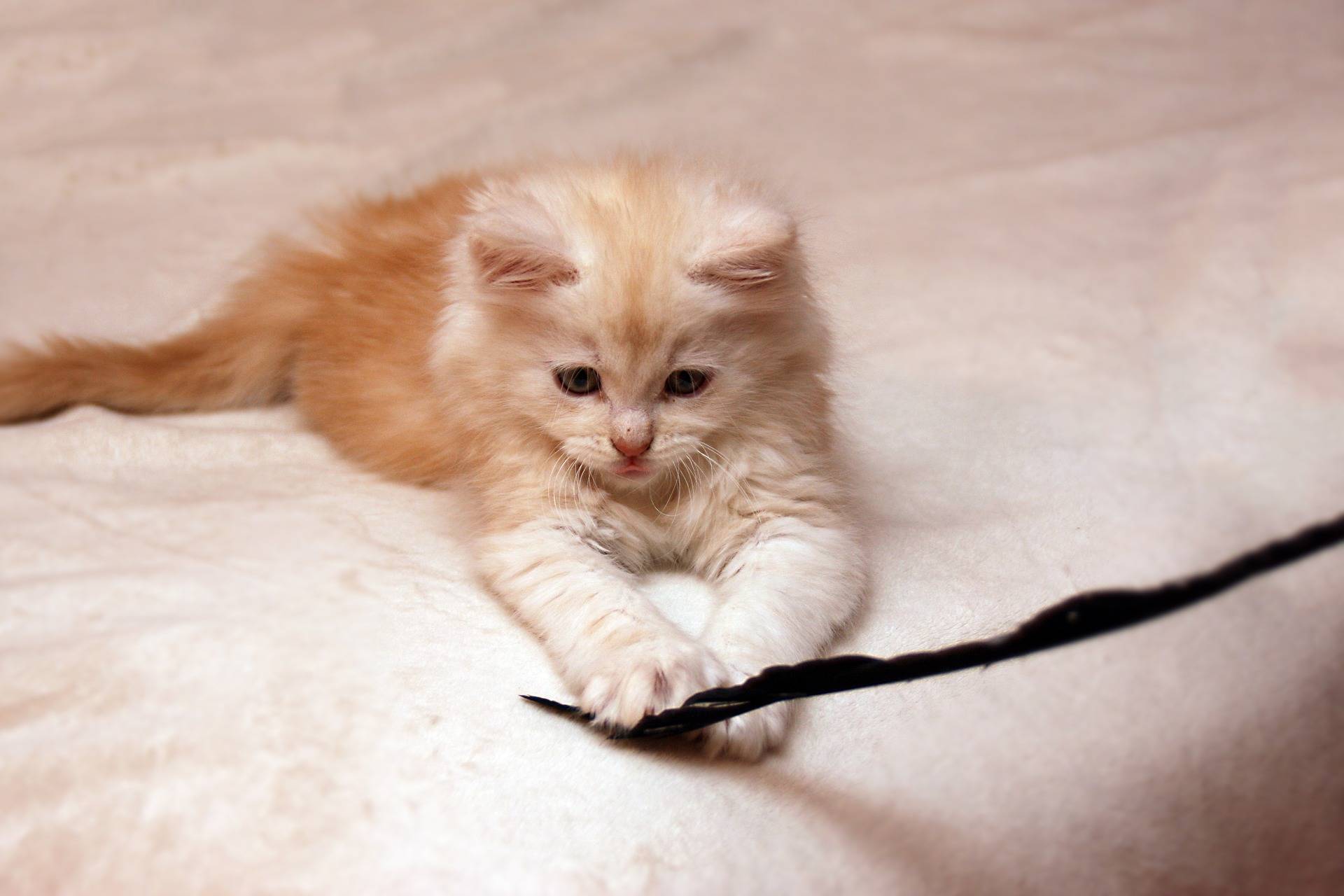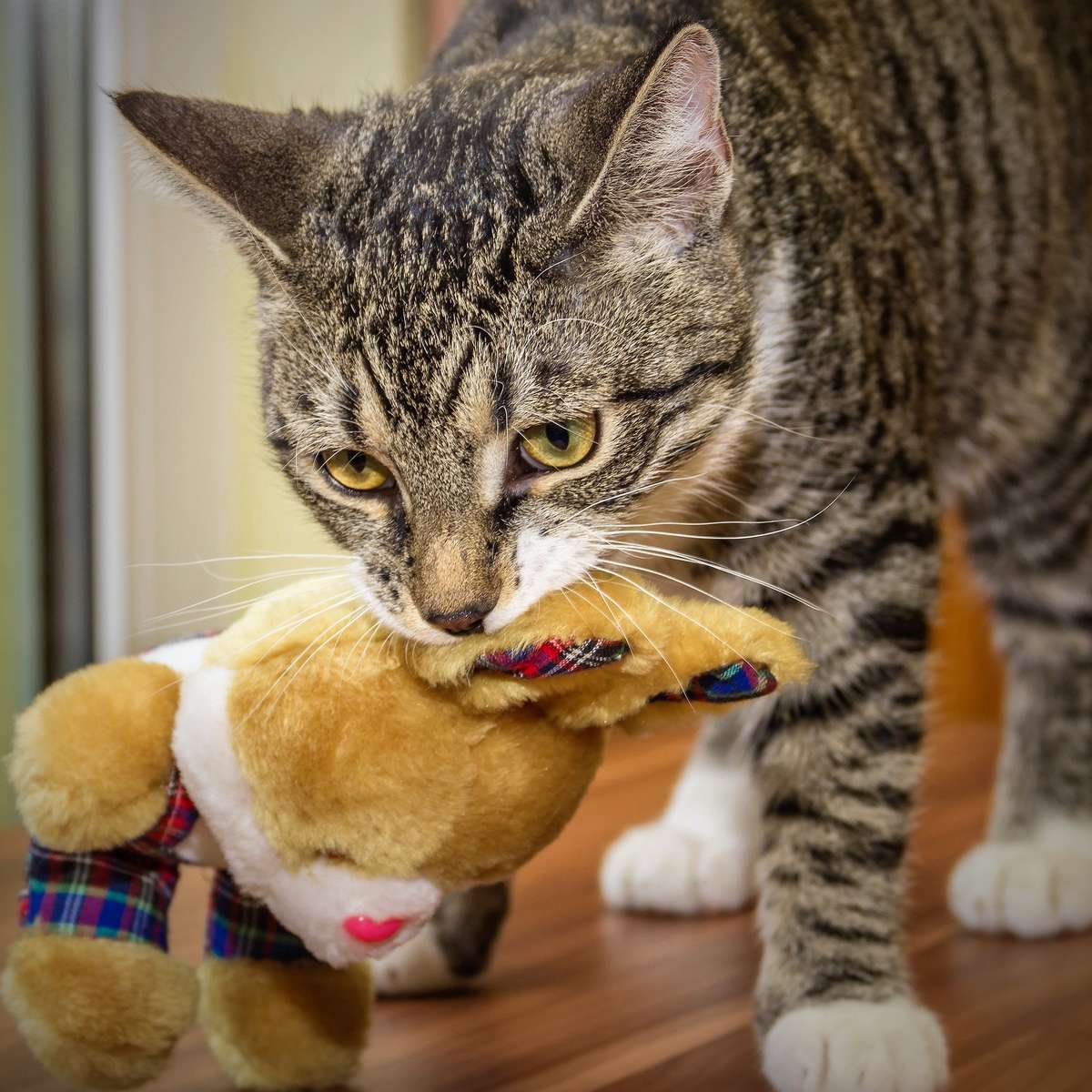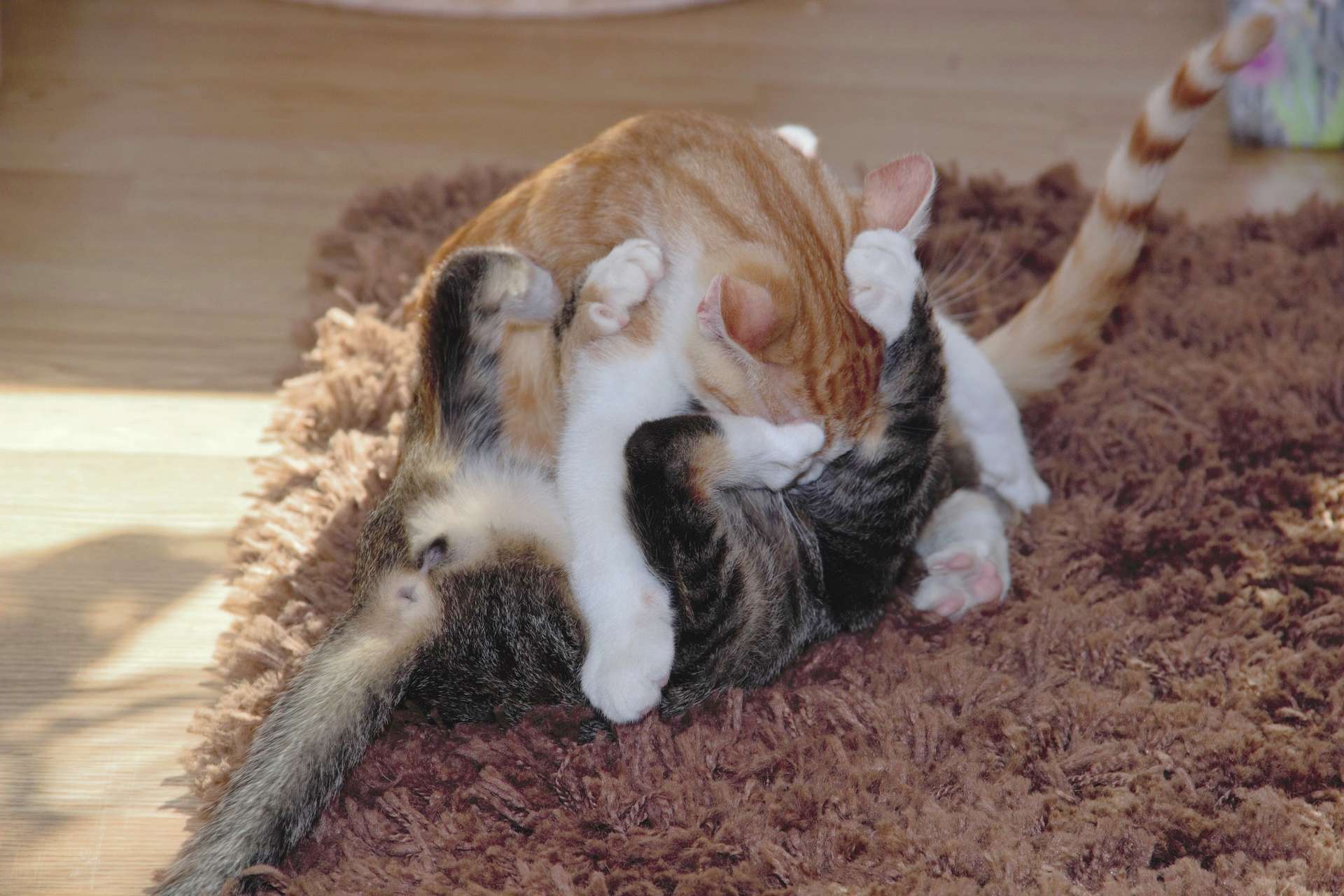In this article, I will walk you through a proper understanding of cat behavior.

Behavior
Cat behavior issues can be quite bothersome and frustrating at times, but they may be corrected by first correctly comprehending them. To comprehend your cat's actual behavior, you must first examine the surroundings from which the cat is emerging. In this article, I will walk you through the exact steps you need to take, and after you have all of this information, you will be able to read your cat's body language properly and know what she needs and when she needs it.
Understanding Cat Behavior
Cats communicate in a variety of imaginative and appealing ways, and we humans are not always sensitive enough to understand their communication methods. There are very subtle flips in their indications and body language that you must comprehend correctly. This delicate body language frequently confuses humans, causing them to make errors in their interpretation of cats' behavior. The first step in understanding the cat's behavior is to know the exact frequency of their speech, as well as specific concepts depicted by their body language.
Nature or nurture?
When studying animal behavior, you will come across two types of behaviors: nature and nurture. Nature refers to the natural actions are always incorporated into animal instincts, but nurture refers to the behaviors and methods that they acquire from people.

Reflex Actions
Animals' reaction actions are also preprogrammed, and they can not be changed. In truth, reflex acts are preinstalled in humans as well. For example, if a doctor taps your knee with a rubber hammer and you kick your knee up as a response, this is an example of a reflex action that you can never change. Animals, like humans, have reflex actions. For example, when a dog spots a stranger, he will bark at least once.
Speaking Feline
Cats do not have a distinct language that you can comprehend, but they do communicate through their voice and give unique replies in their voice. Speaking feline requires you to understand not only cat communication, but also more advanced forms of communication, such as cat body language.
Cat's Speech
Cats have a wide range of vocalizations that they use to communicate their various attitudes and motions. Often, it appears that cats are making one simple voice, but if you listen closely, you will notice that there is a varied tone in different situations. When a cat is hungry, her tone will be low, yet when she is playing, she will have a more cheerful and enticing voice. These are some of the things you should know in order to comprehend the cat's behavior correctly.

Aggression and Play
It is common for a reputable specialist to advise you to obtain another cat if your cat becomes overly aggressive and begins to perform some unpleasant things around the home. This is sometimes disturbing advice for the average individual, since he will believe that another cat will bring more ruin and mayhem into the house. This is not the case because, the majority of the time, the source of violence is a lack of attention. When you introduce another cat into the house, your aggressive cat's focus is distracted by that cat, and she thinks less about those unpleasant actions. Take it as company because when a cat becomes bored, she gets angry and destructive, but another cat will provide her with company and they will both enjoy it.
Play Time Is Essential
Except for a few exceptions, almost all domestic animals engage in play as an instinctual habit. Especially when it comes to pets such as cats and dogs, you can never be too careful. Separate them from their pastime. They constantly require a particular level of play, and you must give them your full attention at that period. Play is particularly important for the health of these pets because if you do not provide them with intense and frequent physical activity, they will become dull, which may lead to a variety of health problems related to obesity and other similar issues.
Distinguish Between Aggression And Play
People are frequently perplexed about when it is time for violence and when it is time for play, because both of these activities have very identical impulses. There will be a lot of commotion, telling, biting, and flying fur while playing, but if you look closely, you will notice that the aggressor is scratching it with claws within the fur, biting is with soft jaws, and most significantly, the aggressor is changing. If one cat is aggressive for 5 minutes, the other cat will be dominant and aggressive for the next 5 minutes. These are the hallmarks of playtime, and you should be able to identify them rather easily.






